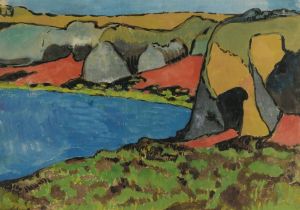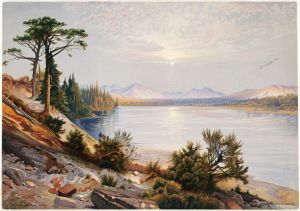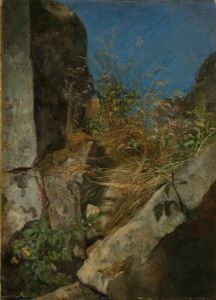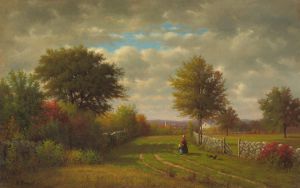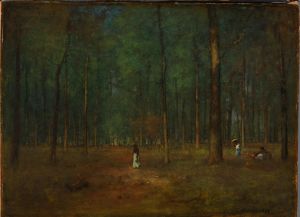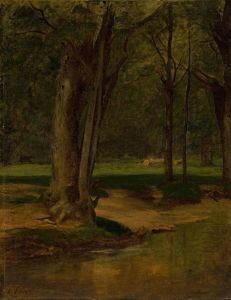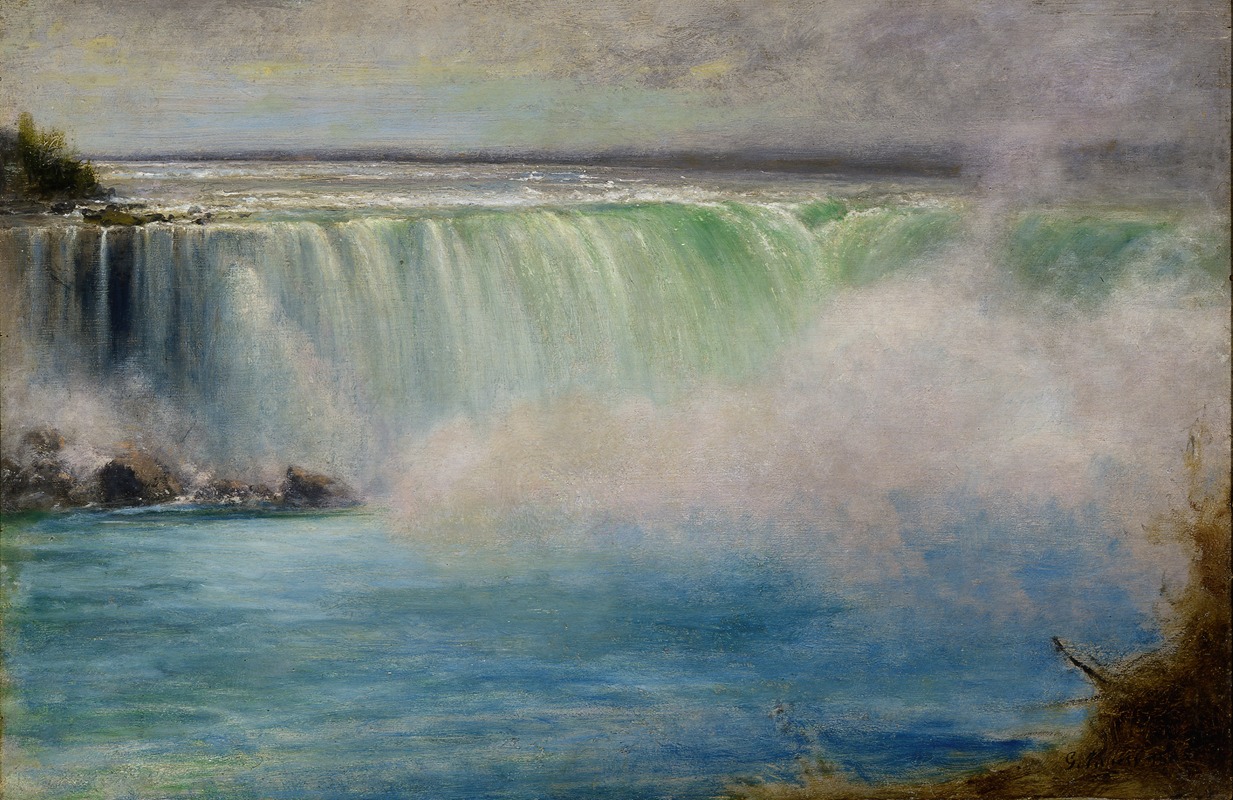
Niagara Falls
A hand-painted replica of George Inness’s masterpiece Niagara Falls, meticulously crafted by professional artists to capture the true essence of the original. Each piece is created with museum-quality canvas and rare mineral pigments, carefully painted by experienced artists with delicate brushstrokes and rich, layered colors to perfectly recreate the texture of the original artwork. Unlike machine-printed reproductions, this hand-painted version brings the painting to life, infused with the artist’s emotions and skill in every stroke. Whether for personal collection or home decoration, it instantly elevates the artistic atmosphere of any space.
George Inness was an influential American landscape painter, known for his unique approach to capturing the natural world. Born in 1825, Inness became a prominent figure in the Hudson River School, a mid-19th century American art movement characterized by its realistic and detailed portrayal of American landscapes. However, Inness's style evolved over time, and he became associated with the Tonalist movement, which emphasized mood and atmosphere over precise detail.
One of Inness's notable works is "Niagara Falls," painted in 1889. This painting is a testament to his mature style, where he focused on the interplay of light and shadow to evoke an emotional response from the viewer. Inness's "Niagara Falls" captures the grandeur and power of the iconic natural wonder, while also imbuing the scene with a sense of tranquility and introspection.
Inness visited Niagara Falls several times throughout his life, and the location held a particular fascination for him. The falls, with their immense power and beauty, provided a perfect subject for Inness's exploration of nature's spiritual and emotional dimensions. In his depiction of Niagara Falls, Inness moved away from the detailed realism of his earlier works, opting instead for a more atmospheric approach that conveyed the essence of the scene rather than its precise details.
The painting showcases Inness's mastery of color and light. He used a muted palette, with soft greens, blues, and grays, to create a harmonious composition that captures the misty atmosphere of the falls. The play of light and shadow in the painting adds depth and movement, drawing the viewer's eye across the canvas and into the scene. Inness's brushwork is loose and expressive, allowing the forms to emerge gradually from the mist, which enhances the painting's dreamlike quality.
Inness was deeply influenced by the philosophical and spiritual ideas of his time, particularly those of Emanuel Swedenborg, a Swedish theologian and mystic. Swedenborg's belief in the spiritual dimension of the natural world resonated with Inness, and this is reflected in his work. In "Niagara Falls," Inness sought to convey not just the physical reality of the landscape, but also its spiritual essence. The painting invites viewers to contemplate the sublime beauty of nature and its capacity to inspire awe and reflection.
"Niagara Falls" by George Inness is housed in the collection of the Addison Gallery of American Art in Andover, Massachusetts. The painting is considered a significant example of Inness's mature work and his contribution to American landscape painting. It exemplifies his ability to blend realism with a more subjective, emotional approach, marking a departure from the more literal interpretations of the Hudson River School.
Inness's work, including "Niagara Falls," has had a lasting impact on American art, influencing subsequent generations of artists. His ability to capture the spiritual and emotional dimensions of the natural world continues to resonate with viewers today, making his paintings enduringly relevant and appreciated.





